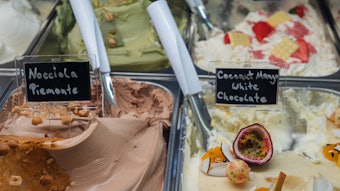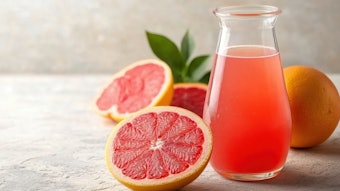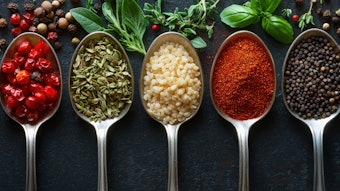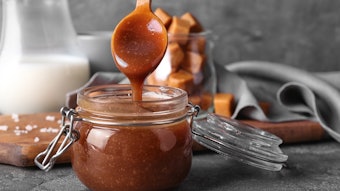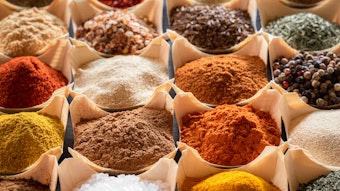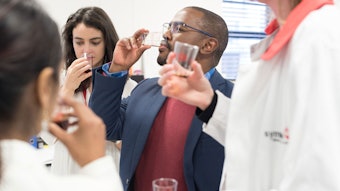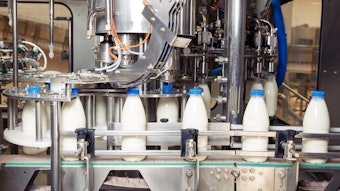Vanilla bean curing is a complex and lengthy process that transforms an essentially flavorless green/ yellow vanilla bean into the flavorful, chocolate brown, microbiologically stable commercial flavoring mainstay. From start to finish, the traditional curing process takes from four to six months to complete. Complex biochemical and chemical reactions occur during the different stages of curing. It’s generally accepted that much of the sweating, or fermentation, stage involves the action of endogenous vanilla bean enzymes; among the more important of which are the b-glucosidases and oxidoreductases; the latter exemplified by peroxidase.
All of the curing stages in the traditional process are protracted and variable due to weather dependence and may present opportunities for microbial participation in flavor generation and transformation.
Part one of this review discussed the stages during curing in which microorganisms could participate and the microorganisms identified in vanilla beans and contact materials during curing. This review will address the potential role of microorganisms in the transformation of phenols and other vanilla flavor compounds.


